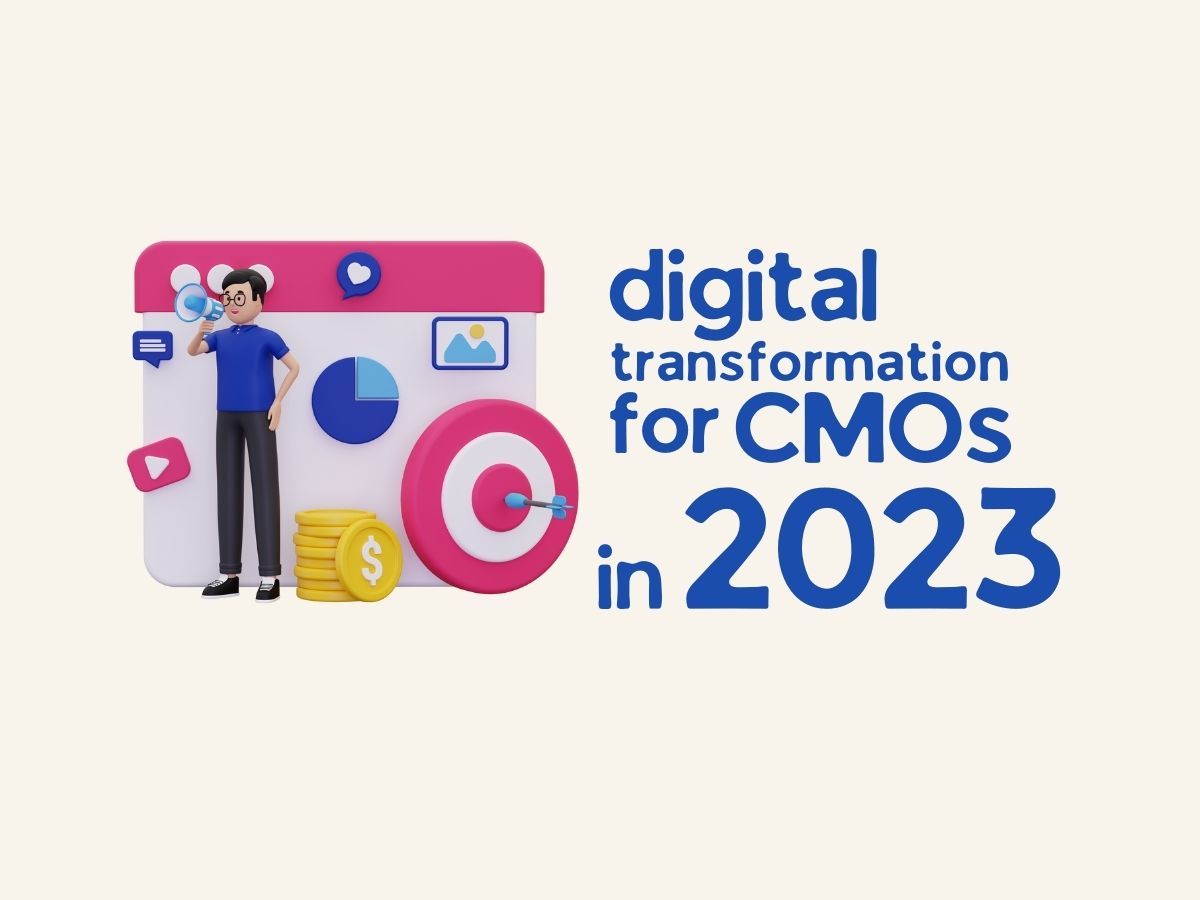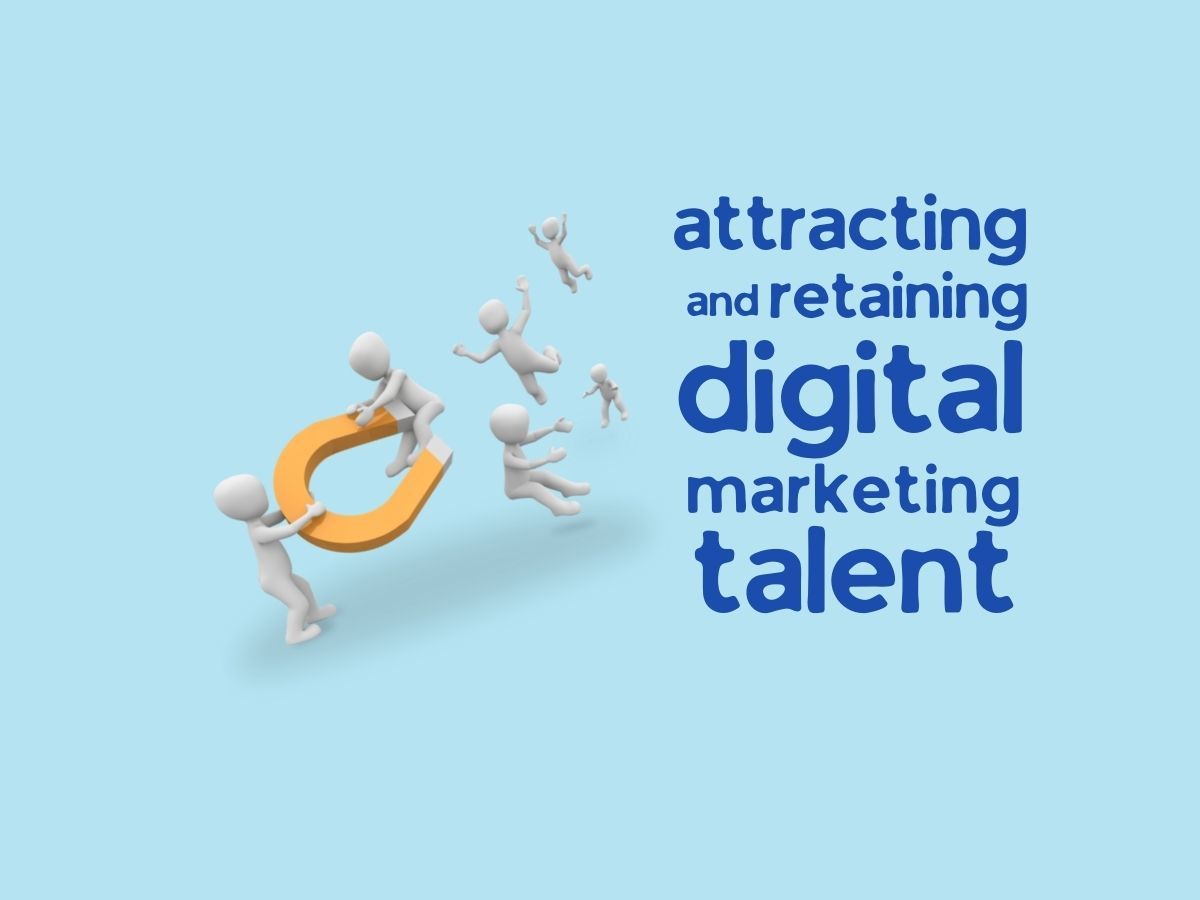Digital Transformation for CMOs in 2023
If we look at classical marketing, it is the traditional marketing that packaged goods companies used to practice the four Ps of marketing. Classical marketers have a good grasp of the foundation elements of marketing. What do consumers think? What is psychology? What is the design? What is the purchase funnel and so on? This has done very well, from a classical marketer’s toolbox point of view, until almost the early 1990s. In the 1990s, we entered the third paradigm of marketing with the advent of the Internet on the one hand and the advent of Data analytics on the other hand. The coming together of data analytics and the internet changed marketing into its third paradigm. That is where a new breed of marketers started coming in. People who understood technology, and data, but couldn’t care less about the classic foundational elements of marketing. Since then there has been a dichotomy. So there are classical marketers and the current paradigm marketers who are all about data analytics, technology, etc.
Traditionally if you look at the marketers, you will find that they came from the qualitative part. They had creative sensibilities, aesthetic sensibilities, and cultural sensibilities and they had intuition and innovation. This was a kind of mindset and series of skills and competencies that they had. When you look at the contemporary side of the equation, you are operating with analytics, logic, technology, and algorithms. In addition to the classical aspects of marketing and contemporary aspects of marketing, you need to understand the other areas that surround marketing such as how your business makes money and the aspects of how you credibly and precisely measure ROI. This means that you need to connect the dots between the market actions and investments you make to the business outcomes and the business results that you get. This requires a different set of skills. Many marketing organizations have bigger technology budgets than CTOs in those organizations. You need to understand data, and public relations, because there is a continuum between marketing and communications or public relations. Unless you understand how the world operates in the world of public relations and media relations, you are not going to be successful.
Digital marketing is a skill that requires the understanding of the market and if the latter is good at it, you need to ensure that you add value to their life and learning apart from just giving them a salary.
One way of doing exactly this is by constantly providing them with training campaigns and micro-courses to grab onto industrial concepts quickly. This will further add to their intelligence, taking their productivity up, and thereby ultimately increasing your return on investment.
Not only is this a clever way to mutually benefit the employer and the employee, but it also aids the relationship between them, making the corporate life more malleable to them.
Now that we know that mutual growth is a key point in retaining your employees, let’s see how important it is to digitize the already digitized marketing world.
What can CMO do to maximize marketing contribution to the company?
There is a lot of talk about the rapid changes facing marketing and how marketers should become more social, data-driven, aligned with revenues, and accountable and there is a lot of merit in these recommendations. It is important to separate the strategy and tactics, align the strategy with stakeholder objectives, work on a method that can give great results, and know-how chief marketing officers can align and offer value to the company.
Keeping up with marketing trends enables your firm to stay in loop with the rapidly evolving digital marketing industry. As the industry accelerates through the asphalt roads of the internet and social media, trends are an important factor in deciding who’s up to date and who’s out of date. Encouraging your workforce to engage and track new trends is another smart move and will yield results that you can’t simply calculate.
On the other hand, taking feedback from your comrades makes them feel valued and in turn provides you with a checklist of pros and cons in your work ecosystem. Integrating ideas and add-ons suggested by them will further aid employee retention and mind this strategy works like a charm.
This is not simply fooling your employees into a trap but instead is a way to factually add value to all the parties involved.
Top three objectives of Chief Marketing Officers
1. Align the company and the customer
Here, your primary stakeholder will be your customer. And the rapid rise of social media requires businesses to put customers at the center of their universe, and translate from product-centric to customer-centric organizations. Customers want to align with their favorite brands and they will reward the suppliers that deliver the products and services that they need. Companies are nowadays adopting changing technologies. But changing the culture is even more difficult. Voice of the customer tools are plentiful, and CRM is transitioned into social CRM which means that CRM technology has evolved from customer data management to engaging customers in dialogue for your beneficial purposes. Customers are not the same. So they should be segmented to properly identify and react to their objectives. Customers are not just those who purchase your products but also include industry influencers, social advocates, and media to which our customers subscribe to. It’s only clever for a CMO to make use of the available technology and information to understand and analyze profitable customer relationships, and changing trends or supplement company transactional data with social and other data. This aids him in finding the needs and wants of the customer, hence making the CMO an integral part of the company as they play a pivotal role in sponsoring and refocusing the company culturally. CMO is a person to research and delivers data-driven analysis such as top customers by criteria to the CEO so that the company can better align resources and solutions with customer objectives. Here the CMO can create the messaging to improve the brand and position the products of the company in such a way that they will be well received by customers.
2. Deliver the volume and the quality of leads
Deliver the volume and the quality of leads that are required to achieve revenue goals. In this role your primary stakeholder at the sales team, and sales and marketing, share a symbiotic relationship, marketers should not lose sight of the fact that the sales team is their customer. The goal is to deliver more leads or lots of leads. But instead, to deliver the exact number of leads and agreed-upon cost per lead to achieve a revenue target, you have to start with the end goal in mind to be successful. Management’s revenue target works backward, through the lead-to-customer conversion cycle to calculate the volume of leads needed. It is a complex model, because as the volume of leads rises, so does the cost per lead. Being the CMO of the company, you should find the equilibrium point of the company.
3. Unqualified Leads
Too many marketers continue to send unqualified leads to the sales team which exacerbates the prevalent breakdown between marketing and sales. In the b2b space, research consistently shows that about 25 to 30% of new leads or sales are ready when received, and about 45 to 55% are not sales-ready when received. About two-thirds of this group will eventually become qualified and about 25 to 30% of new leads are not sales-ready when received and never will be. The marketers change the sales role from the lead verifier to lead qualifier when they transfer unqualified leads to the sales team. Marketers must automate lead nurturing processes to manage top top-of-the-funnel until they are objectively scored as sales-ready.





